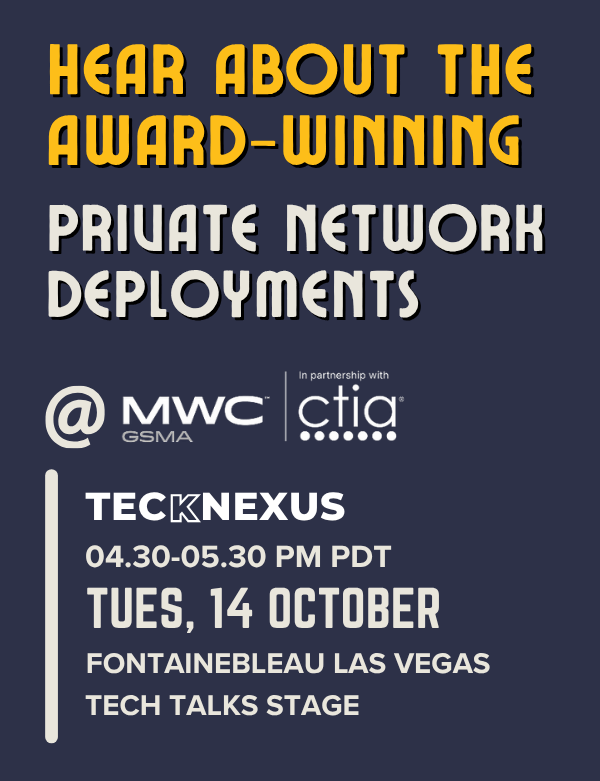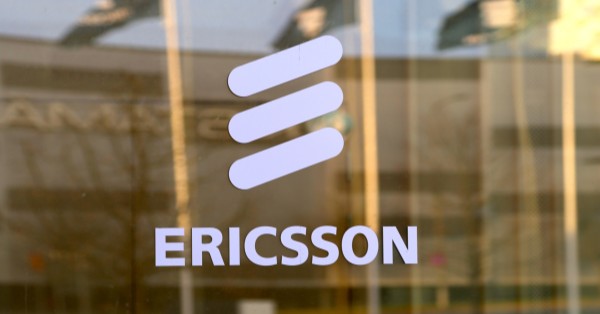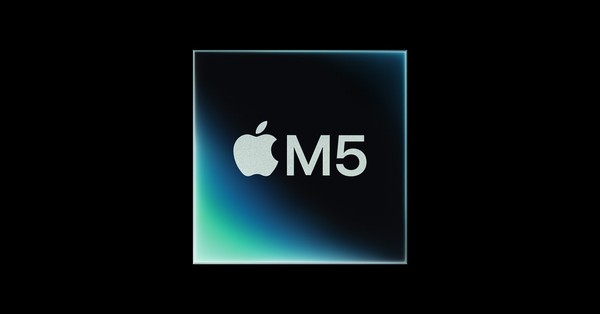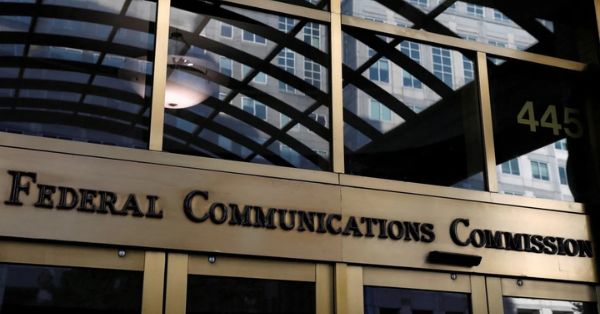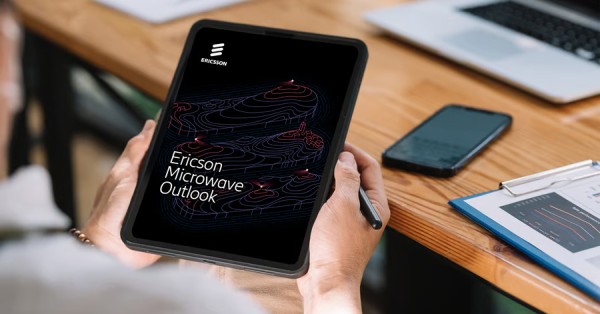T-Mobile Cyber Defense Center boosts 5G security
T-Mobile has launched a purpose-built Cyber Defense Center alongside a new Executive Briefing Center, signaling a maturing, integrated approach to cyber resilience across its network and enterprise business.
Announcement: 24/7 cyber defense and executive briefing hubs
T-Mobile unveiled a centralized Cyber Defense Center at its Bellevue, Washington headquarters to detect, disrupt, and respond to threats in real time, complemented by an Executive Briefing Center that showcases industry use cases and a tie-in to the company’s always-on Business Operations Center for continuity during crises.
Inside the 24/7 SOC: telemetry, AI analytics, and response
The facility’s Cyber Command Center runs 24/7, aggregating telemetry, network flows, global threat indicators, and alerts to enable early anomaly detection using analytics and machine learning; the goal is to compress dwell time, contain blast radius, and sustain a continuous loop of monitoring and improvement.
A dedicated Cyber Lab supports offensive-informed defense—teams validate tools, stress-test hardware and software for vulnerabilities, and deploy deception techniques such as honeypots to study adversary behavior, including risks tied to SIM tooling and device manipulation.
When events escalate, a War Room coordinates cross-functional incident response, while a Digital Forensics Room handles evidence preservation, artifact analysis, and post-incident learning to harden controls and procedures across the environment.
Executive Briefing Center: enterprise security use cases
For enterprise buyers and partners, the Executive Briefing Center provides hands-on demonstrations across zones like connected individuals, buildings, campuses, and borderless connectivity, translating network and security capabilities into measurable business outcomes in sectors such as healthcare, public safety, logistics, and retail.
Integration with Business Operations Center for continuity
T-Mobile’s Business Operations Center remains the operational backbone for network health, customer experience continuity, and coordinated disaster response, integrating data-driven dashboards that support rapid decisioning during natural disasters, outages, and high-impact events.
Why it matters: telecom and enterprise 5G security
The investment aligns with how 5G, edge, and cloud-native architectures are changing the threat surface and the expectations placed on carriers as critical infrastructure providers.
5G and edge threat landscape
As operators virtualize RAN, adopt cloud-native 5G cores, and expose APIs for ecosystems and developers, attack paths—from service-based interfaces to CI/CD pipelines and management planes—multiply, while adversaries leverage automation and AI to accelerate reconnaissance and lateral movement.
Shift from compliance to continuous cyber operations
The center’s design reflects a shift from static compliance to continuous cyber operations: proactive threat hunting, purple teaming mapped to MITRE ATT&CK, detection engineering, deception, and rapid incident command are becoming table stakes for carriers and hyperscale enterprises alike.
Identity, signaling, and fraud risks in mobile networks
Mobile ecosystems face persistent issues like SIM swap and account takeover, along with signaling and interconnect risks across SS7, Diameter, and service-based HTTP interfaces, making rigorous device identity management, roaming security controls, and fraud analytics essential complements to network-layer defenses.
Executive alignment and customer trust in carrier security
By coupling an executive briefing function with a live cyber operations hub, T-Mobile is emphasizing transparency, co-creation, and measurable outcomes—critical for enterprise buyers that now view carrier security posture as part of their own risk register.
What enterprises should do next
Enterprises should use this moment to recalibrate their telecom dependencies and align internal roadmaps with modern security practices, metrics, and joint-response playbooks.
Adopt zero trust and modernize detection engineering
Prioritize zero trust principles (e.g., NIST SP 800-207) and align governance with NIST Cybersecurity Framework 2.0, while advancing beyond SIEM-only models to behavior analytics, high-fidelity detections, deception, and continuous threat hunting that is mapped to adversary techniques.
Validate telco dependencies, SLAs, and joint response
Review carrier contracts and resilience assumptions by testing joint incident response, setting explicit MTTD/MTTR targets, conducting roaming and interconnect tabletop exercises, and ensuring out-of-band communications and failover options are in place for critical operations.
Secure edge, IoT, private 5G, and network slicing
Harden device identity and lifecycle management, segment OT/IoT estates, and require clarity on network slicing isolation, eSIM provisioning security, and telemetry access for private 5G and campus deployments integrated with public networks.
Elevate security metrics and board reporting
Track control efficacy and operational readiness using metrics such as coverage of high-priority ATT&CK techniques, detection and containment times, frequency of purple-team exercises, and results from independent third-party assessments.
Competitive landscape and next steps to watch
The move adds pressure in a market where major carriers and service providers are expanding SOC capabilities, research arms, and executive briefing programs to compete on trust and operational excellence.
Market signals in telecom cybersecurity
Tier-1 operators globally continue to grow security operations centers, threat research functions, and customer briefing facilities, often paired with managed detection and response offerings and collaboration with national cyber agencies and ISACs to strengthen sector-wide resilience.
What to watch from T-Mobile security program
Watch for greater transparency on incident response metrics, expanded bug bounty and responsible disclosure programs, participation in public-private initiatives with agencies such as CISA, and reference architectures or playbooks that align to NIST, 3GPP, and GSMA security guidance for 5G and edge.
Bottom line: continuous, measurable cyber operations
T-Mobile’s Cyber Defense Center and Executive Briefing Center represent a deliberate pivot toward continuous, measurable cyber operations and customer-facing transparency; for enterprises, the practical takeaway is to deepen joint planning with carriers, demand clear security outcomes, and build resilience strategies that assume 24/7 collaboration across networks, applications, and the edge.






